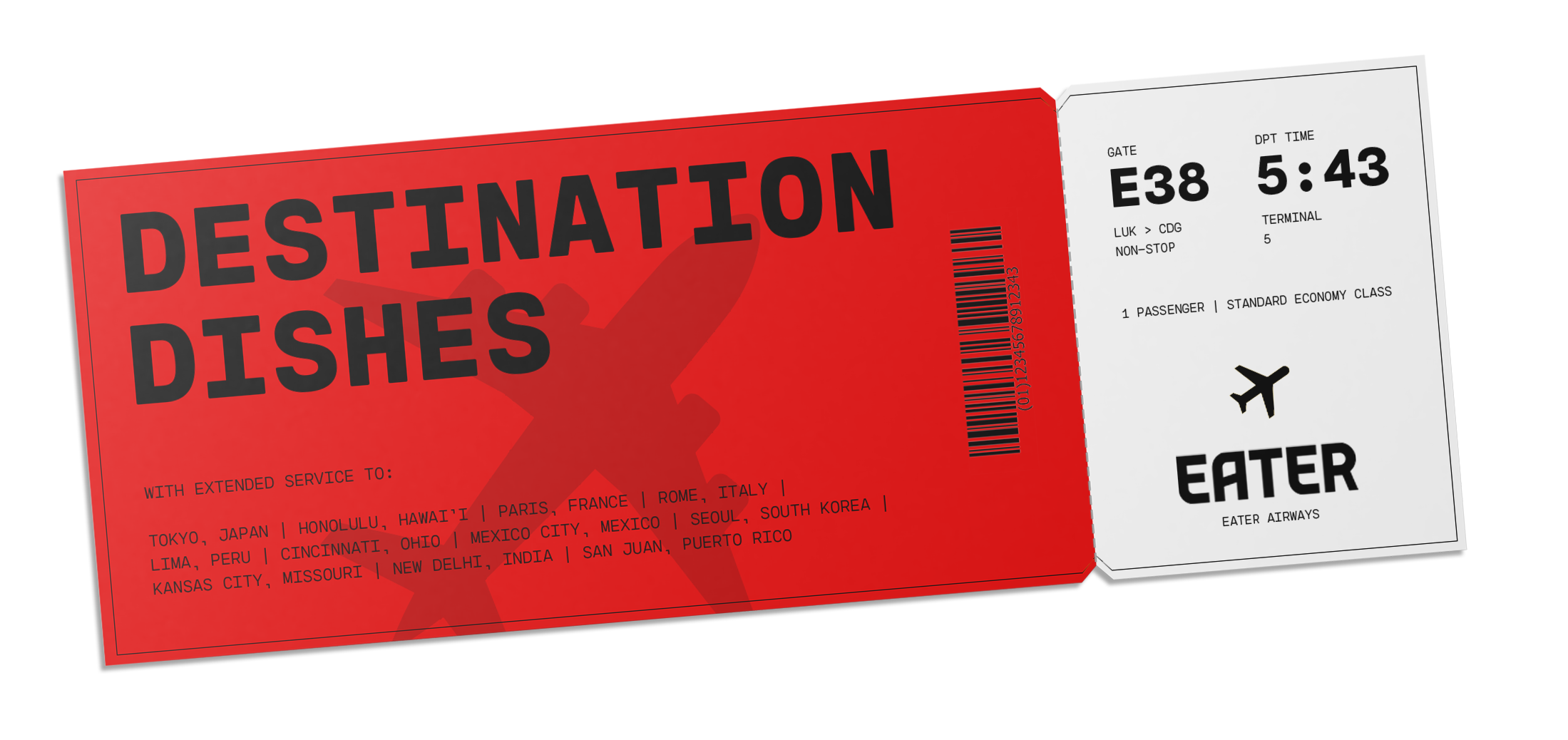Tokyo reigns supreme in Japan’s ramen world. Sure, Sapporo has its rich miso ramen and Fukuoka has some of the best creamy tonkotsu pork ramen, but Tokyo has it all: rich and funky niboshi ramen made from dried sardines, devilishly spicy bowls tinged with Trinidad scorpion peppers, Michelin-worthy truffle-infused ramen, and of course local shoyu ramen, which is all the rage these days. The shops aren’t resting on their laurels either; touring the city’s ramen offerings, you’ll often hear the buzzword kodawari, a shop’s speciality ingredients like craft soy sauce, rare breeds of free-range chicken, and homemade noodles from blends of domestic flours that ramen makers use to continue pushing boundaries.
Great ramen is abundant and conveniently spread out across the city, with most neighborhoods boasting a few top-ranked shops. A comprehensive list of surefire winners covers all culinary bases in terms of flavor and texture. Quality ramen in Tokyo tends to cost around 1,000 yen (just under $8) these days, give or take a few hundred, so there’s no reason not to try them all.
Brian MacDuckston is a Tokyo-based ramen critic and cookbook author. He writes at Ramen Adventures, makes videos for YouTube, and streams his ramen hunting on Twitch.
Read More
/cdn.vox-cdn.com/uploads/chorus_image/image/69454700/El_Jefe.7.jpg)
/cdn.vox-cdn.com/uploads/chorus_image/image/58444379/maguro.34.jpg)
/cdn.vox-cdn.com/uploads/chorus_image/image/73317621/A72_8070.0.jpg)
/cdn.vox-cdn.com/uploads/chorus_image/image/70082858/_39C9708.7.jpeg)

:no_upscale()/cdn.vox-cdn.com/uploads/chorus_image/image/71003465/Ibuki.0.jpeg)
:no_upscale()/cdn.vox-cdn.com/uploads/chorus_image/image/71003466/seimen.0.jpeg)
:no_upscale()/cdn.vox-cdn.com/uploads/chorus_image/image/71003467/_39C9274.0.jpeg)
:no_upscale()/cdn.vox-cdn.com/uploads/chorus_image/image/71003469/Nakiryu.0.jpeg)
:no_upscale()/cdn.vox-cdn.com/uploads/chorus_image/image/62556966/Yamaguchi.18.jpg)
:no_upscale()/cdn.vox-cdn.com/uploads/chorus_image/image/71003471/Hook.0.jpeg)
:no_upscale()/cdn.vox-cdn.com/uploads/chorus_image/image/71003472/honda.0.jpeg)
:no_upscale()/cdn.vox-cdn.com/uploads/chorus_image/image/71003473/kurosu.0.jpeg)
:no_upscale()/cdn.vox-cdn.com/uploads/chorus_image/image/71003474/shima.0.jpeg)
:no_upscale()/cdn.vox-cdn.com/uploads/chorus_image/image/71003475/Gonokami_Seisakusho.0.jpeg)
:no_upscale()/cdn.vox-cdn.com/uploads/chorus_image/image/71003476/hachigo_2.0.jpeg)
:no_upscale()/cdn.vox-cdn.com/uploads/chorus_image/image/71003477/_39C9893.0.jpeg)
:no_upscale()/cdn.vox-cdn.com/uploads/chorus_image/image/71003478/Kurai_MEN.0.jpg)
:no_upscale()/cdn.vox-cdn.com/uploads/chorus_image/image/71003479/Muginae.0.jpeg)
:no_upscale()/cdn.vox-cdn.com/uploads/chorus_image/image/71003480/Miyamoto.0.jpeg)
:no_upscale()/cdn.vox-cdn.com/uploads/chorus_image/image/71003481/Kohaku.0.jpeg)